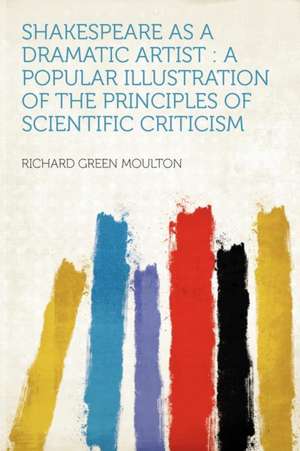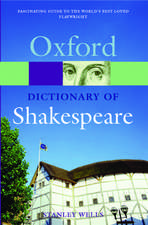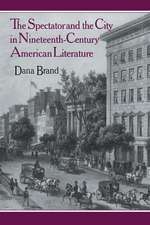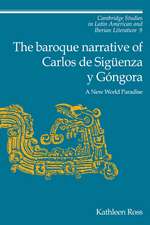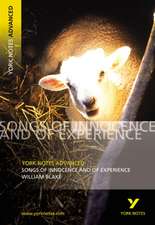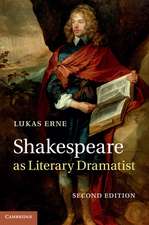Shakespeare as a Dramatic Artist
Autor Richard Green Moultonen Limba Engleză Paperback – 9 ian 2012
| Toate formatele și edițiile | Preț | Express |
|---|---|---|
| Paperback (2) | 143.50 lei 38-44 zile | |
| HardPress Publishing – 9 ian 2012 | 143.50 lei 38-44 zile | |
| Cambridge University Press – 2 mai 2011 | 422.55 lei 43-57 zile |
Preț: 143.50 lei
Nou
Puncte Express: 215
Preț estimativ în valută:
27.47€ • 29.85$ • 23.09£
27.47€ • 29.85$ • 23.09£
Carte tipărită la comandă
Livrare economică 16-22 aprilie
Preluare comenzi: 021 569.72.76
Specificații
ISBN-13: 9781290424189
ISBN-10: 1290424187
Pagini: 394
Dimensiuni: 152 x 229 x 21 mm
Greutate: 0.53 kg
Editura: HardPress Publishing
ISBN-10: 1290424187
Pagini: 394
Dimensiuni: 152 x 229 x 21 mm
Greutate: 0.53 kg
Editura: HardPress Publishing
Cuprins
Preface to the third edition; Preface to the second edition; Preface to the first edition; Introduction: plea for an inductive science of literary criticism; Part I. Shakespeare Considered as a Dramatic Artist, in Fifteen Studies: 1. The two stories Shakespeare borrows for his Merchant of Venice. A study in the raw material of the romantic drama; 2. How Shakespeare manipulates the stories in dramatising them. A study in dramatic workmanship; 3. How Shakespeare makes his plot more complex in order to make it more simple. A study in underplot; 4. A picture of ideal villainy in Richard III. A study in character-interpretation; 5. Richard III, how Shakespeare weaves Nemesis into history. A study in plot; 6. How Nemesis and destiny are interwoven in Macbeth. A further study in plot; 7. Macbeth, Lord and Lady. A study in character-contrast; 8. Julius Caesar beside his murderers and his avenger. A study in character-grouping; 9. How the play of Julius Caesar works up to a climax at the centre. A study in passion and movement; 10. How climax meets climax in the centre of Lear. A study in more complex passion and movement; 11. Othello as a picture of jealousy and intrigue. A study in character and plot; 12. How The Tempest is a drama of enchantment. A study in dramatic colouring; 13. How the enchantment of The Tempest presents personal providence. A study in central ideas; 14. How Loves Labour's Lost presents simple humour in conflict with various affections and conventionalities. A further study in central ideas; 15. How As You Like It presents varied forms of humour in conflict with a single conventionality. A study of more complex dramatic colouring; Part II. Survey of Dramatic Criticism as an Inductive Science: 16. Topics of dramatic criticism; 17. Interest of character; 18. Interest of passion; 19. Interest of plot: statics; 20. Interest of plot: dynamics; Appendix; Index.
Descriere
Descriere de la o altă ediție sau format:
Published in 1893, this third edition of Moulton's influential study argues that literary criticism should be regarded as a science.
Published in 1893, this third edition of Moulton's influential study argues that literary criticism should be regarded as a science.
